Whether you want a new concrete patio for your backyard or a concrete slab for your business, the question at the top of your mind is probably, “How long will it take for the concrete to dry?”
Everyone’s worst nightmare is accidentally stepping in wet cement and ending up with a ruined shoe and a permanent divot in the concrete.
Thankfully, most concrete is safe to walk on sooner than you may think. But, the complete curing process takes a bit longer until you can safely say that the concrete is fully dry. Let’s explore concrete curing, how long it takes, and factors that can impact dry time.
What Is Concrete Curing?
Concrete curing is the time it takes for concrete to reach a certain level of strength and durability. This process is a bit different from drying, which is the natural phenomenon that occurs as water evaporates out of cement-based materials like concrete. Concrete curing works to strengthen the final product by ensuring that all moisture has been removed and any chemical reactions have occurred within the molecules of the cement paste (the mix of water, cement, and any additives).
Concrete curing happens on different time scales depending on the type of concrete you’re using. For example, conventional portland cement that is used in most residential paving projects takes about 28 days to reach its final cure state. Meanwhile, it can take up to a year for super-hydraulic cement (SHC) to fully cure.
That doesn’t mean the surfaces can’t be used or worked on but instead that they won’t reach their full strength until they are fully cured.
Different Curing Methods
Different curing methods work to speed up or slow down the process of achieving a full cure. Methods like wet burlap, plastic sheeting, and fabric-reinforced concrete (FRC) will help retain moisture during curing and provide a layer of insulation that can accelerate the curing process.
There are many different methods for successfully curing concrete. Here are some examples:
Water Curing
Water curing is the most common type of curing used. This process involves spraying or flooding newly placed concrete with water within the first few hours after it has been poured and finished. This process is an excellent way to maintain the moisture content of the concrete while ensuring that there are no air pockets that could cause the concrete to crack.
As the water evaporates, the concrete will become stronger.
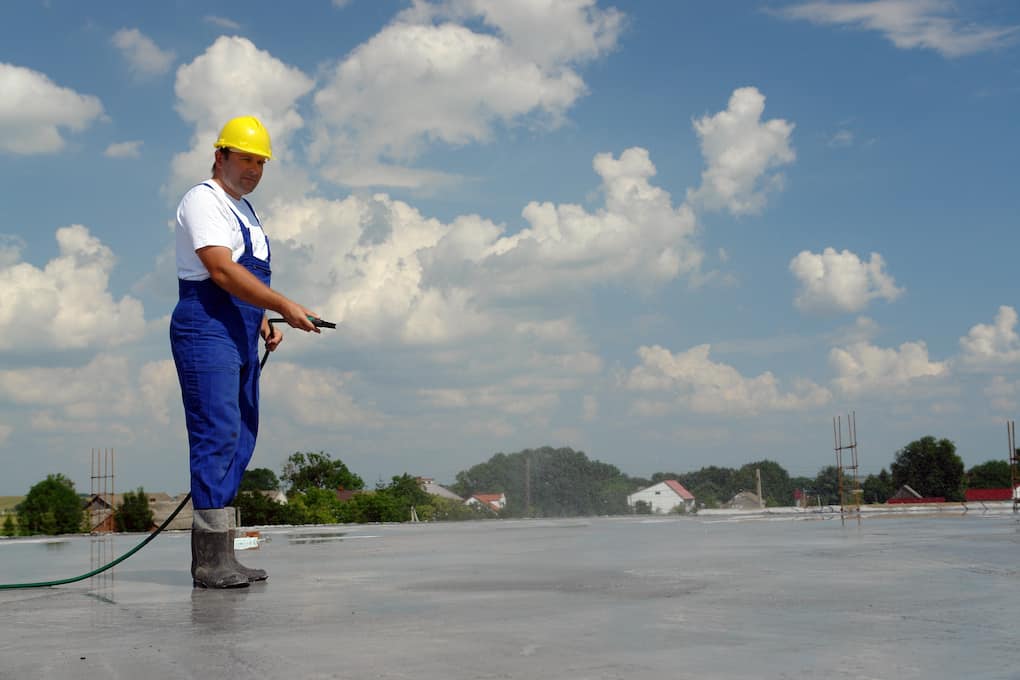
Wet Covering
Wet covering is a method that involves placing wet burlap or fabric over freshly poured concrete and keeping it in place for 12-24 hours.
This process is often used for pillars or other concrete structures that wouldn’t be able to hold water. If you drive by a construction site and see burlap wrapped around the pillars, this is probably why.
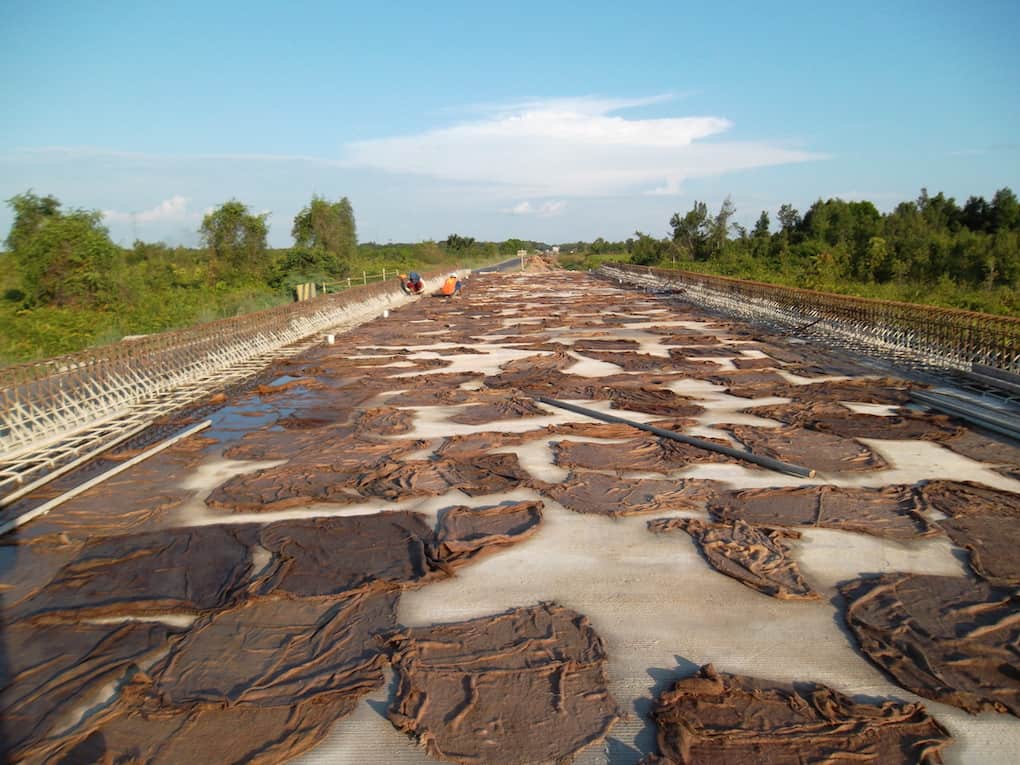
Formwork Curing
Formwork curing is a method that utilizes reusable forms to surround the area of concrete as it cures. This process involves keeping the concrete under pressure for a short period of time to help the curing process.
Similar to wet covering, this method is more commonly used on structures and posts that wouldn’t otherwise be able to hold water.
Membrane Curing
Membrane curing is a method that uses a waterproof membrane to cover the concrete for about 12 hours. This process can be time-consuming and expensive, but in the right conditions it is necessary for proper curing.
This process helps keep moisture out of the concrete and trap some of the moisture on the inside. The membrane can usually be removed with water or will need to be scraped off.
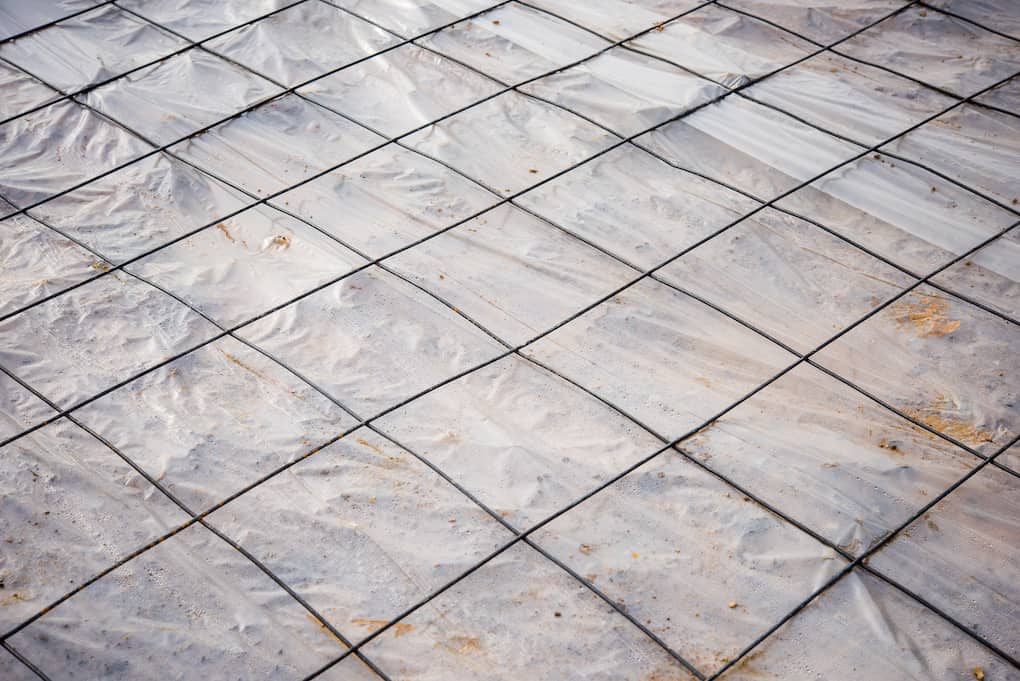
Natural Curing
Natural curing is basically allowing nature to take its course when curing concrete. This process involves covering the newly poured concrete with burlap or canvas for protection from the sun and environment.
It’s important that conditions are correct in the environment for the concrete to evaporate at a good rate. Too fast or too slow, and the concrete could have defects.
Sand, Sawdust, or Soil Curing
Sand, sawdust, or soil curing is a method that uses coarse materials to cover the concrete either in bags or piles around the finished product.
It’s perfect for thick concrete that doesn’t have a large surface area, which will easily hold the extra weight.
How Long Does It Take for Concrete to Fully Cure?
The length of time that it takes concrete to fully cure will vary drastically, depending on the type of concrete used and the conditions in which it’s being poured.
Some concretes will cure much faster, and smaller pads or pours will always cure faster than larger pours.
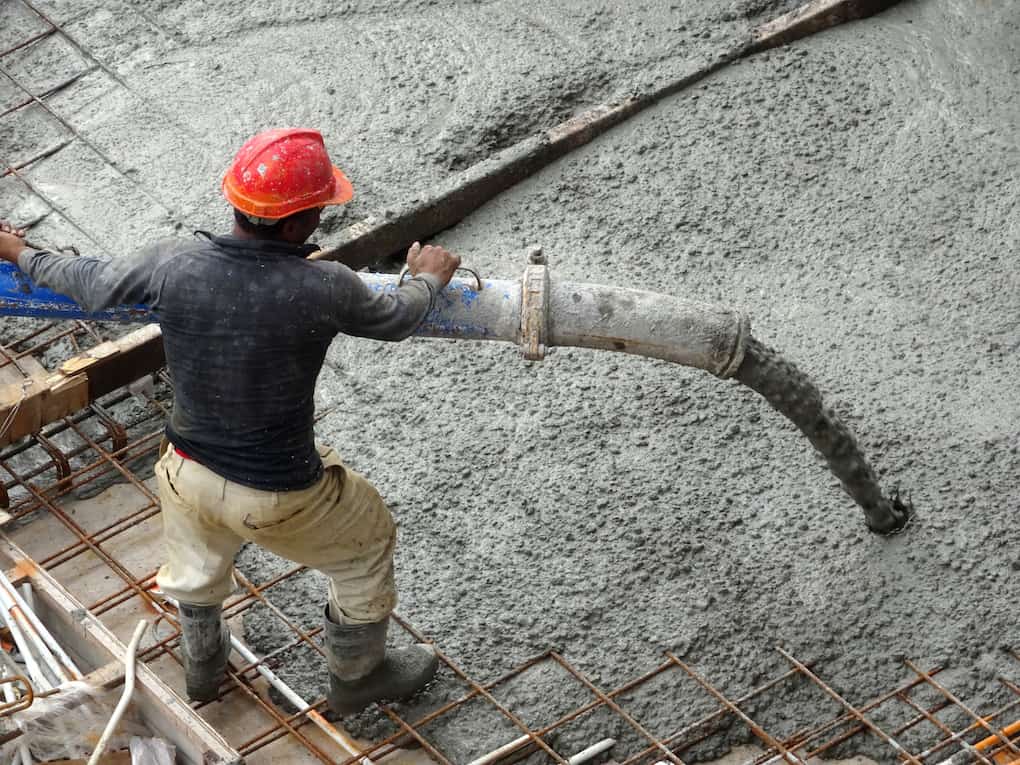
24 to 48 Hours: Safe to Walk
Most basic concrete mixes are safe to walk on after 24 to 48 hours. This is a general rule of thumb as certain fast-setting mixes can be walked on after just three to twelve hours, depending on the formula. Since different concrete mixes vary in both work time and walk-on time, it is vital to never mix different types of concrete in the same pour.
7 Days: Safe to Drive
In the case of concrete driveways, they will have achieved 90% of their strength after one week. At this point, it is typically safe to drive and park on concrete. However, if you own a large vehicle like a pickup truck or an RV, you should wait an extra few days or an additional week to drive on the surface.
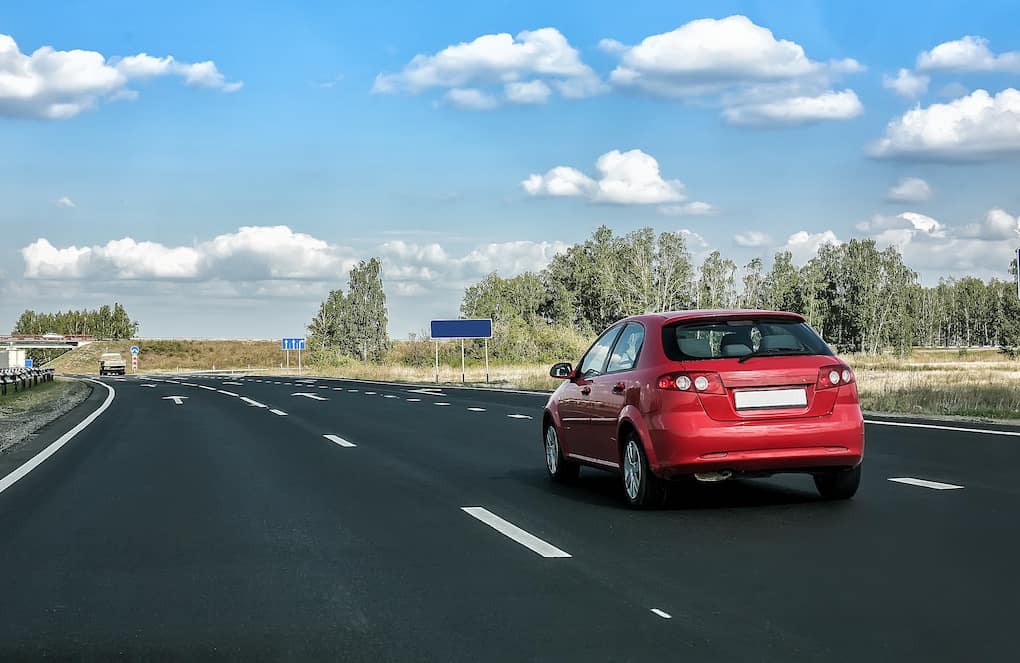
28 Days: Fully Dry
Most of the concrete hydration process happens in the first few days, but concrete is not fully dry until it reaches 28 days. It can be easy to be fooled into thinking the concrete has fully cured before 28 days because it will lighten and harden earlier.
Be sure to wait the full 28 days to stain or paint concrete. Otherwise, you will be dealing with peeling paint and inaccurate stain colors.
What Factors Affect How Long Concrete Takes to Dry?
Different conditions affect concrete cure time. The same concrete mix poured at the same time in Oregon could take longer to dry than a pour in Southern California. Some of the main curing time factors include:
- Temperature: Excess water evaporates quicker in hotter temperatures, allowing concrete to cure faster. If you’re trying to cure concrete in cold weather, you can try covering the slab with a specialized concrete blanket. The concrete blanket will make the temperature of the mix hotter so that it dries faster.
- Moisture: Concrete requires the perfect balance of moisture and cement mix to dry to the perfect strength at optimal speed. Concrete with less water will cure more quickly, but it will also be less strong. Concrete with too much water will take longer to cure, and it may experience flaking on the top layer.
- Mix Formula: You can add an accelerant to your cement mix to help the concrete cure faster. However, even though an accelerant will help speed up the drying time, it may cause full-strength concrete to lessen in strength compared to concrete that cures at a normal pace.
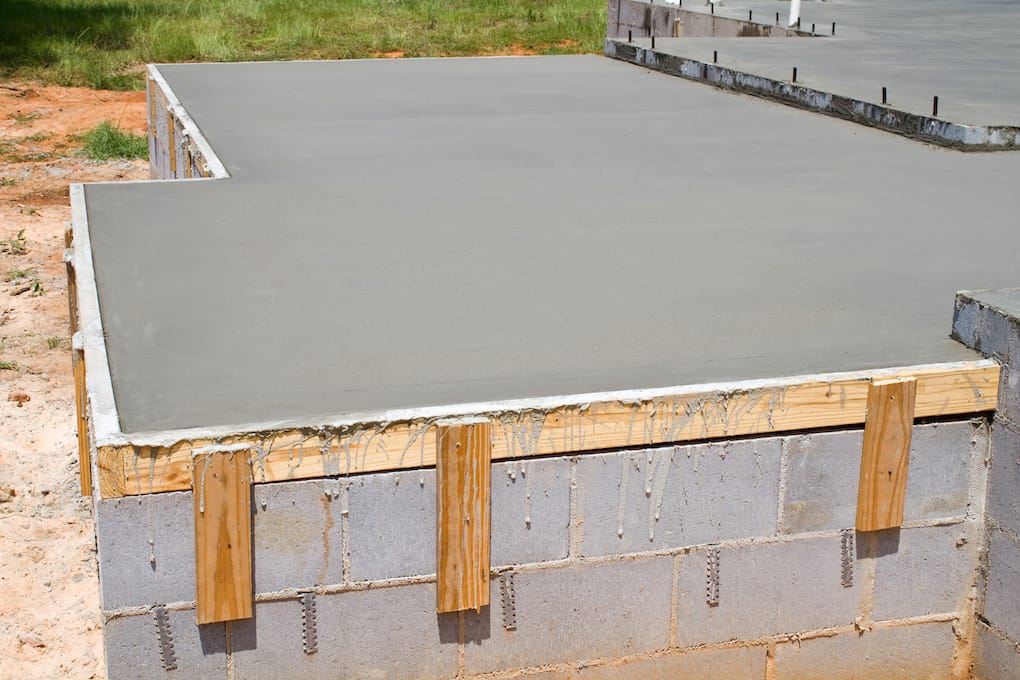
Trust Goodmanson With Your Residential and Commercial Concrete Projects
At Goodmanson Construction, we’ve been pouring concrete for 50+ years, and we’re proud of the excellent service and product that we provide every time.
Whether it be concrete or pavement, our team of experts can handle anything from a residential driveway to a commercial foundation. We’ve been around the block, and we’re ready to help provide you with the concrete services you need.
Reach out to our team today for a free estimate!

